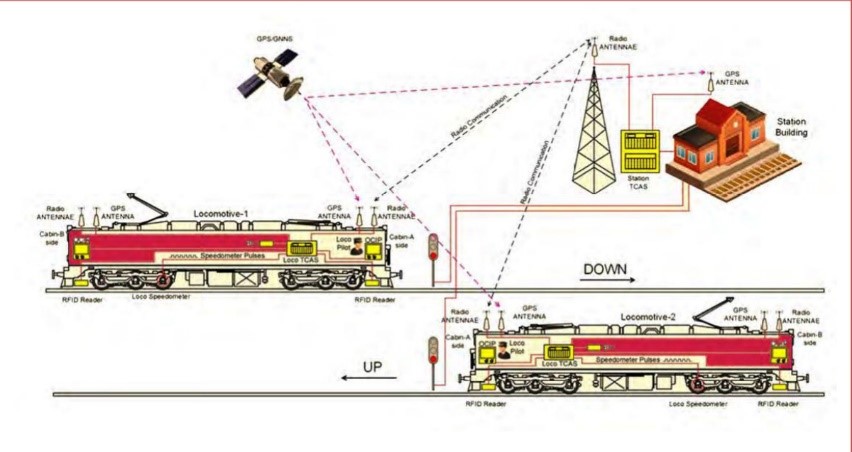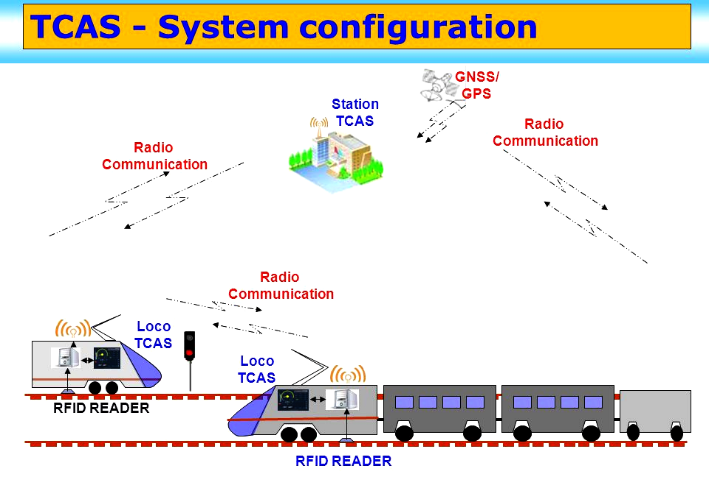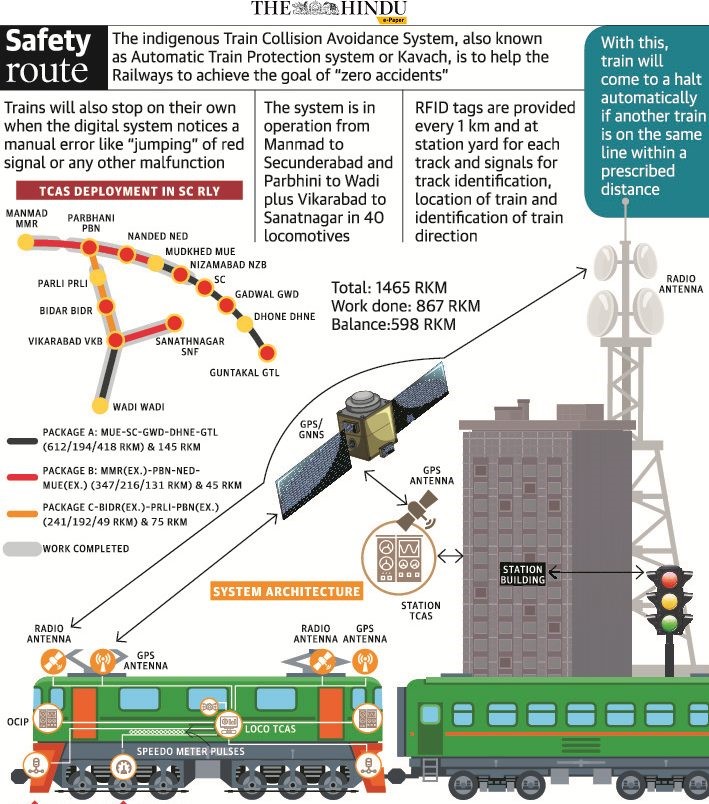Free Courses Sale ends Soon, Get It Now


Free Courses Sale ends Soon, Get It Now



Disclaimer: Copyright infringement not intended.
Context
What is Kavach?
How does Kavach work on Railway Systems?


The recent accident
What is the Kavach deployment strategy?
|
PRACTICE QUESTION Q. Consider the following statements with reference to KAVACH Automatic Train Protection (ATP) system. a) It activates the train’s braking system automatically if the driver fails to control the train as per speed restrictions. b) The hooter activates by itself when approaching a level crossing. c) If two trains come face to face on the same line, the technology automatically takes over and applies sudden brakes. Which of the statements given above are correct? 1. a and b only 2. a and c only 3. a, b, and c only 4. All of the above. Correct Answer: 4. All of the above. |
© 2024 iasgyan. All right reserved